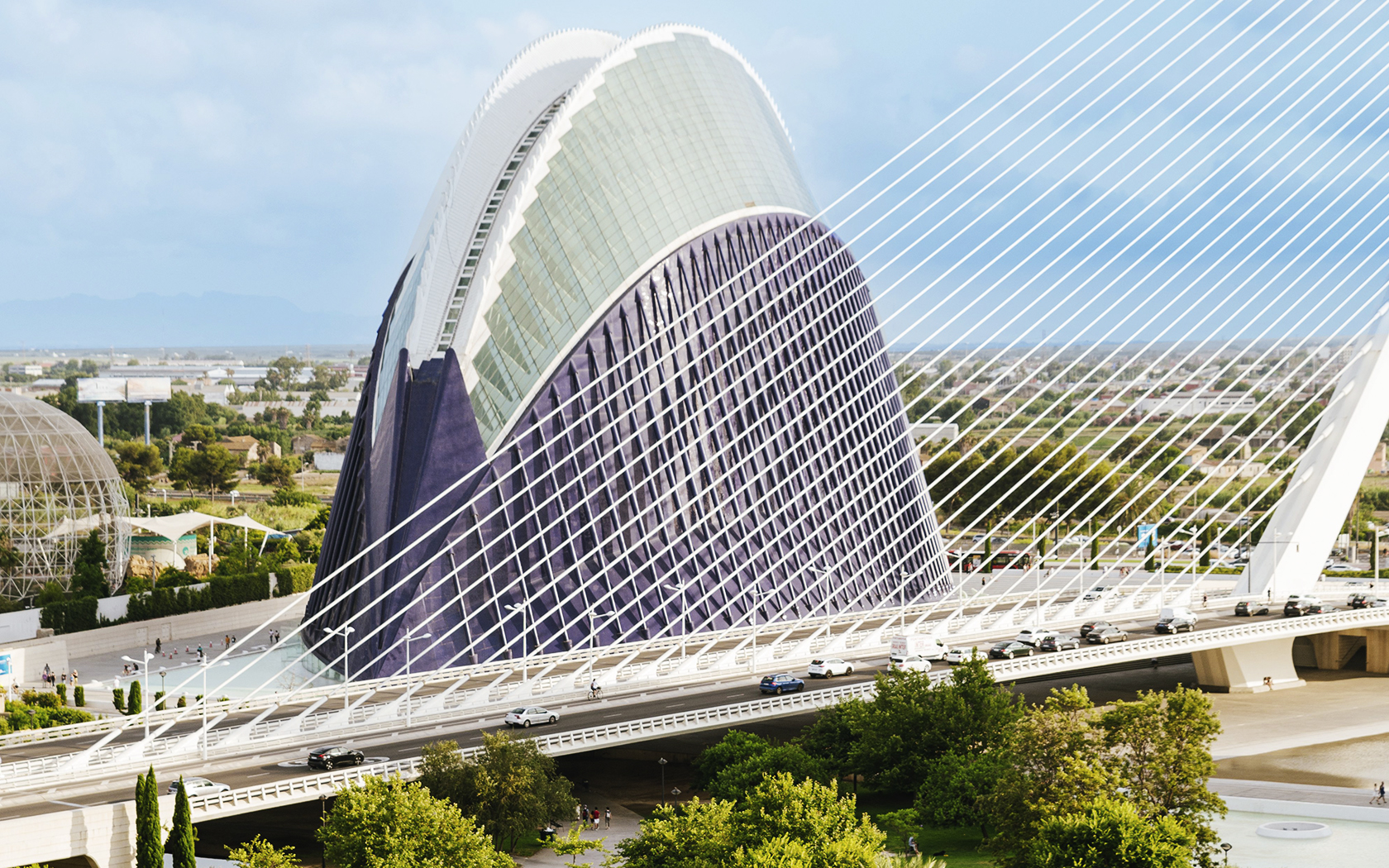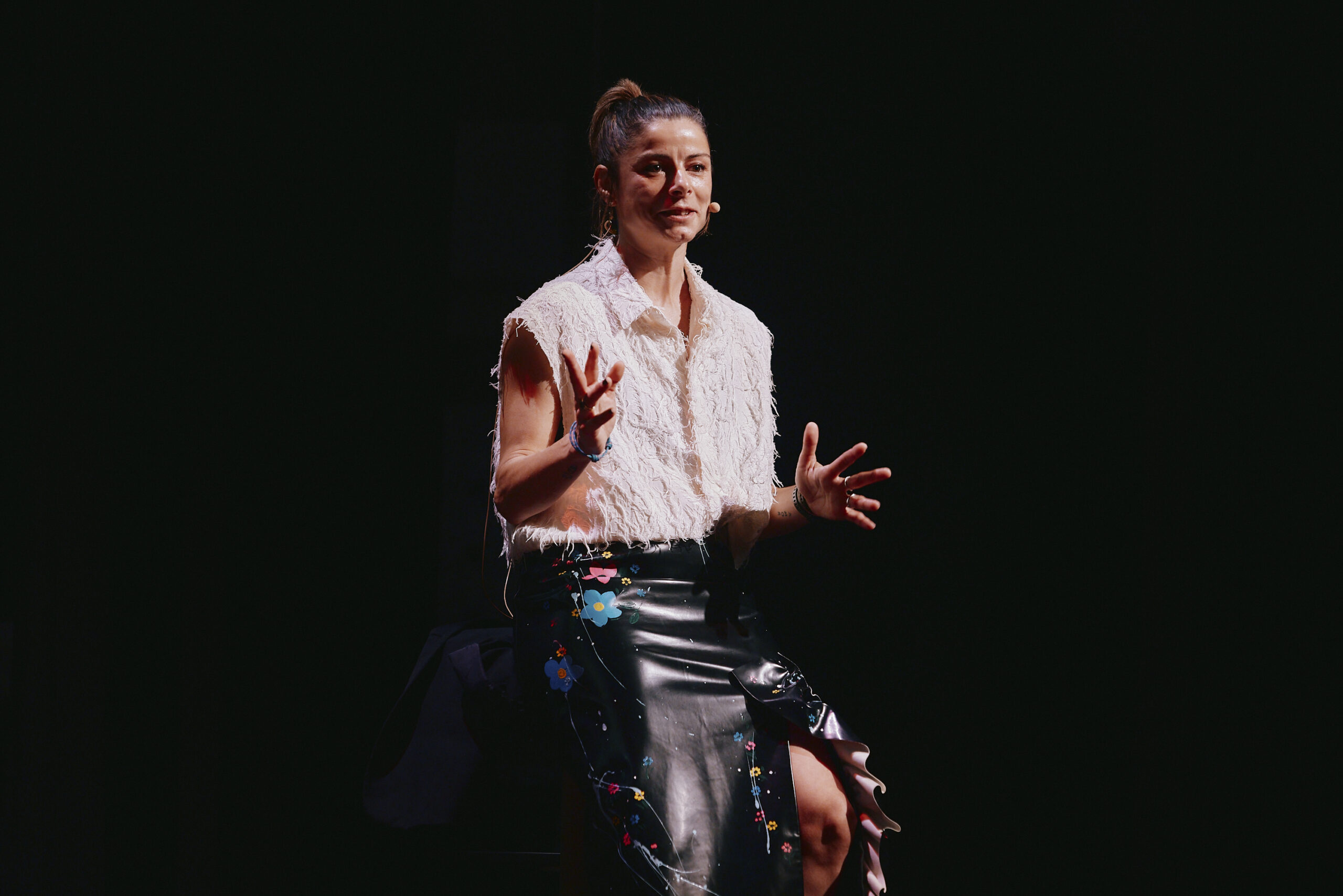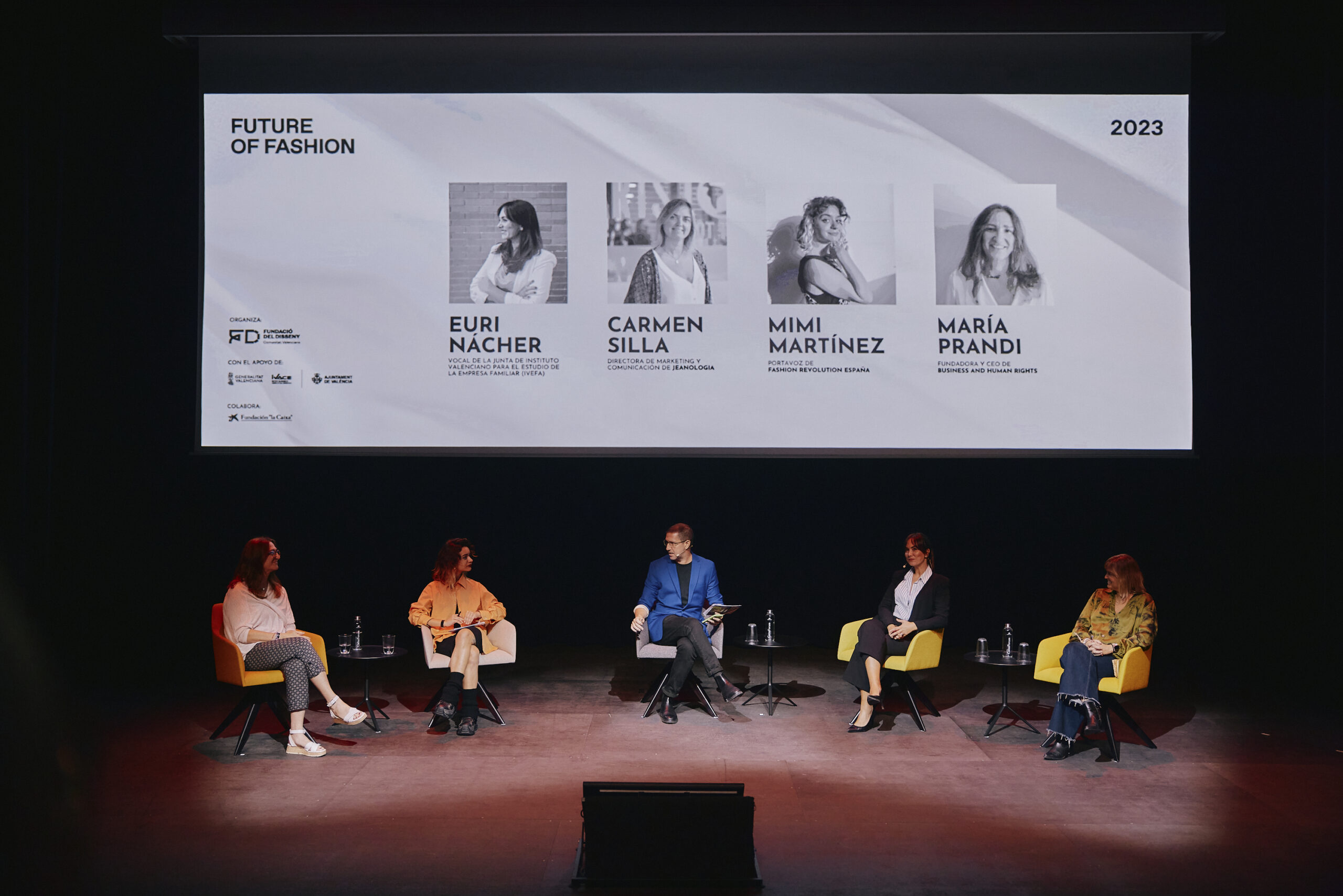Science as one of the keys to the renewal of the textile sector, greater transparency, moderate consumption, the search for more conscious production models and the combination of slowdown and creativity were the main topics addressed during the congress.
València has become a great hub of knowledge on sustainable fashion during the 13th and 14th of November in a forum dedicated to the transformation of the international fashion industry. The Future of Fashion congress included production companies, institutions and large groups of students with a perspective of change.

CaixaForum València building where Future of Fashion has been held.
The choice of Valencia as the city to host this congress was not random. The first edition was in 2022 being the World Design Capital, in addition, the sectors related to fashion – such as footwear, textile or clothing – employ 33,000 people in the Valencian Community, through 3,400 companies. Moreover, they represent 7.2% of industrial production and 9% of exports.
Weaving a sustainable future: Future of Fashion in detail
Future of Fashion presented a programme full of professionals from the sector, with Natalia Culebras being the first to open the presentation. She is responsible for the sustainability department at Dior Man. For her, cooperation between departments and design as a productive process have been two keys to working and looking for solutions on a global scale within the brand. “Designers are the first piece to be able to choose new paths: we are the key”, comments Culebras.

Natalia Culebras at the Future of Fashion lecture. Photography: BravaStudio
“Our ultimate goal at Dior is that there should not be a specific sustainability department,” says Culebras.
Exploring the road to sustainability
The first day continued with a round table moderated by journalist and master of ceremonies Vicente Gallart. In it, activists and companies approached positions on sustainability such as
Tumore prostatico: la prognosi in base a stadio, grado e rischio
a term must ensure the social welfare of women workers and the natural environment.

At the round table from right to left: Carmen Silla, Euri Nàcher, the journalist Vicente Gallart, Mimi Martínez and Maria Brandi. Photography: BravaStudio
Monday ended with the experience of Pyratex, a company that uses biomaterials to make new fabrics. “My idea was to create a brand that offers functional fabrics in harmony with nature. When I entered this world I didn’t know anything about the industry, but I did know that 85% of microplastics floating in the ocean come from the textile industry,” says Regina Polanco, founder of the brand. The stage has become a great showroom of samples to see, touch and explore, capable of arousing the interest and presence of the entire auditorium in the state at the end of the day.

Pyratex presentation during the first day of Future of Fashion. Photography: BravaStudio
Raising awareness to ensure transformation
The second day began with a presentation by María Fernanda Hernández Franco, head of sustainability at LuisaViaRoma. A speech that stood out for its humanist vision and the recommendation of good practices. Her solutions and proposals included offering information to consumers on how to care for and maintain the garments they have already purchased.

Presentation by María Fernanda Hernández Franco on the second day of Future of Fahion. Photography: BravaStudio
Continuing with the round of experiences, the intervention of Mónica Rodríguez, CEO and founder of the company Recovo, offered data on the impact of each initiative. She presented the seven “R’s” that make up the glossary of good practices in sustainable fashion: reduce, reuse, repair, reuse, recover, recycle and redesign.

Lily Cole and Enrica Ponzellini at the closing of the Future of Fashion congress. Photography: BravaStudio
The congress was brought to a close by model, actress and climate activist Lily Cole, in conversation with fashion consultant Enrica Ponzellini. Over the course of an hour, both figures were able to inspire the audience in a more emotional way. “There are plenty of reasons and projects to be optimistic about,” said Cole. “We need to find a balance between genuinely minimalist projects, which bring us back to minimal consumption, and projects based on green technology and innovation.

Lily Cole during her presentation
Cole, who also had a word for her mentor, the late Vivienne Westwood.
“We’ve been talking about sustainability in fashion for about twenty years, and there seems to have been a shift in the trend: it used to be a very niche conversation, perhaps a bit caricatured. But now a lot of brands are embracing this conversation as an opportunity and developing propositions that are demonstrating a real cultural shift.”
With these initiatives, the need for fashion to rethink its strategy, in line with the sustainable demands of the European Union, is being made known.





